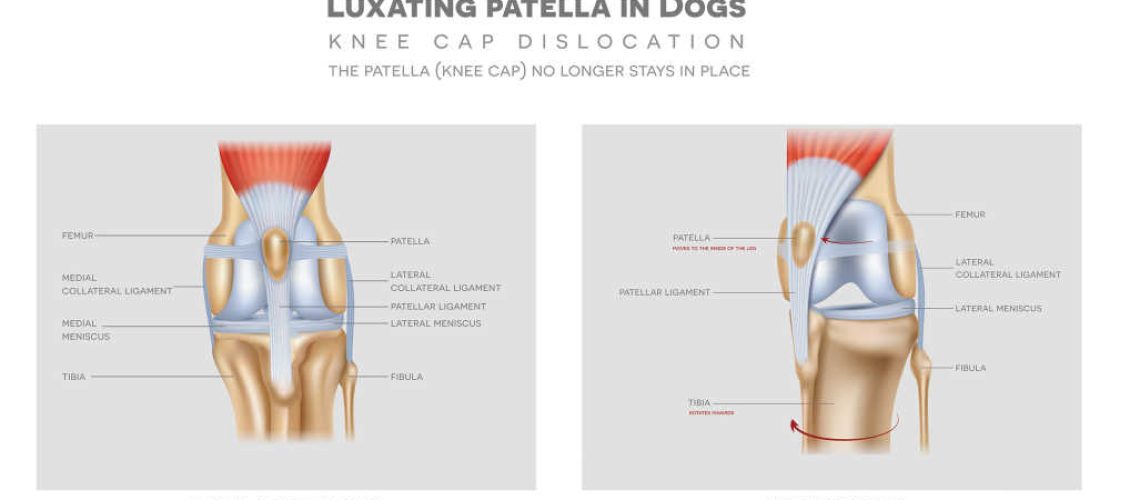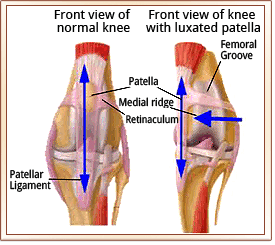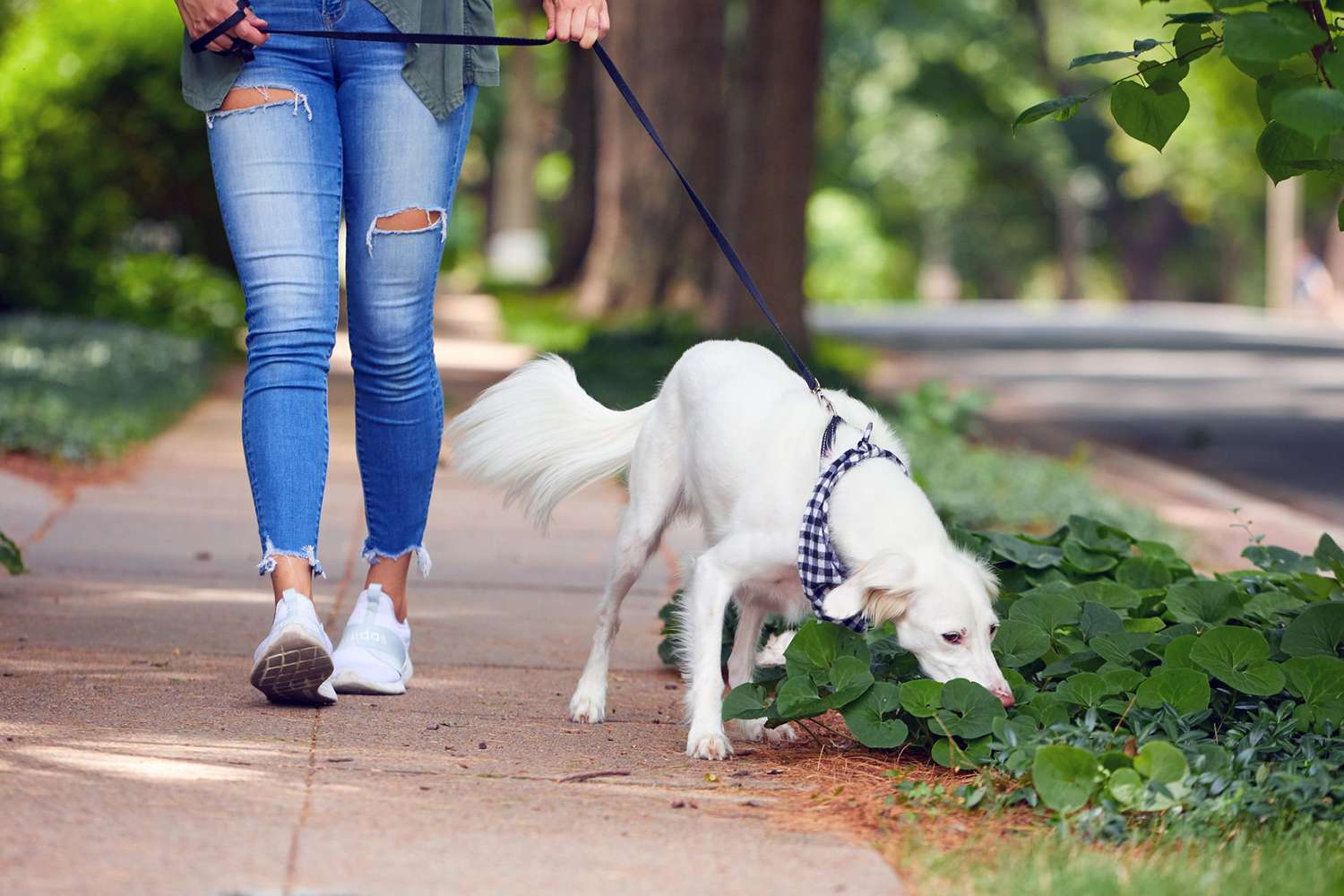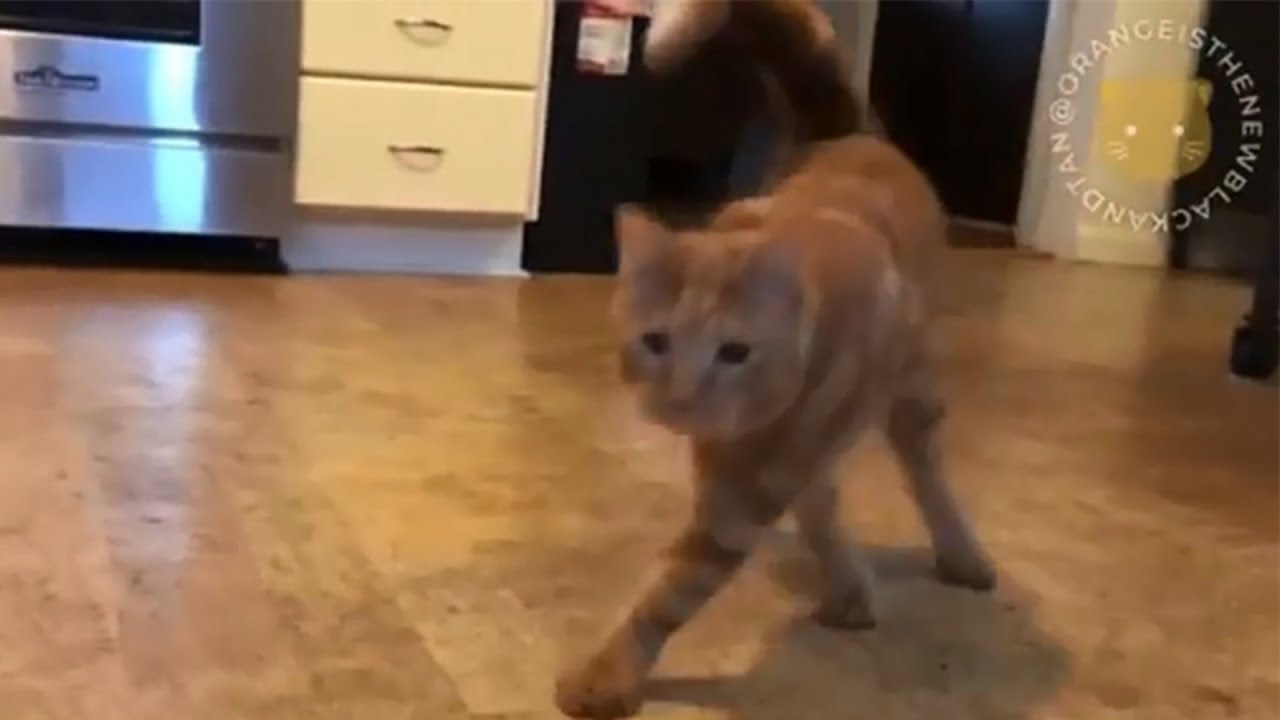Are you a cat lover? Do you ever wonder why some cats have a wobbly walk? If so, then get ready to uncover the fascinating world of Luxating Patella in cats. This topic may seem complex, but understanding it can bring immense benefits to both you and your furry friends. By delving into this subject, you'll gain valuable insights into the causes and potential treatments for this condition. Did you know that approximately 3% of all cats are affected by Luxating Patella? That's a significant number! So, whether you're a curious cat owner or simply intrigued by feline health, join us as we decode the mysteries behind those adorable wobbly walks. Get ready to become an expert on Luxating Patella in cats and take better care of your feline companions. Let's dive in!
Key Takeaways:
- Luxating patella is a common orthopedic condition in cats where the kneecap dislocates from its normal position.
- Symptoms of luxating patella in cats include limping, difficulty jumping, and pain when walking or running.
- Diagnosis of luxating patella in cats involves physical examination, X-rays, and sometimes further imaging tests.
- Treatment options for luxating patella in cats range from conservative management with pain medication to surgical correction.
- Regular veterinary check-ups and weight management can help prevent or manage luxating patella in cats.
Understanding Luxating Patella in Cats: A Guide to Wobbly Walks
How Does a Cat's Luxating Patella Affect Their Walking Ability?
When a cat has luxating patella, it means that their kneecap moves out of its normal position. This can cause discomfort and affect their ability to walk properly. The kneecap is supposed to sit in a groove at the end of the thigh bone, allowing smooth movement of the leg. However, in cats with luxating patella, the groove may be shallow or misaligned, causing the kneecap to slip out.
When the kneecap slips out, it can lead to an abnormal gait or wobbly walk. You may notice that your cat limps or hops on three legs instead of using all four. They might also have difficulty jumping or climbing stairs. The severity of these symptoms can vary depending on how often and how severely the kneecap dislocates.
Recognizing the Signs and Symptoms of Luxating Patella in Cats
If you suspect your cat has luxating patella, there are several signs and symptoms to look out for:
- Limping or favoring one leg
- Hopping on three legs
- Difficulty jumping or climbing stairs
- Pain or sensitivity when touched near the knee area
- Swelling or thickening around the knee joint
If you notice any of these signs, it's important to consult with a veterinarian who can provide a proper diagnosis and recommend appropriate treatment options.
Diagnosing Luxating Patella in Cats: What Veterinarians Look For
When you take your cat to the veterinarian for a suspected luxating patella, they will perform a thorough examination. This may include:
- Observing your cat's gait and mobility
- Palpating the knee joint to check for any abnormalities or pain
- Taking X-rays to assess the alignment of the kneecap and the condition of the surrounding bones
Based on these findings, the veterinarian can determine if your cat has luxating patella and grade its severity. The grading system ranges from grade I (mildest) to grade IV (most severe), depending on how easily and frequently the kneecap dislocates.
Treating Luxating Patella in Cats: Options for a Happier Walk
The treatment options for luxating patella in cats depend on the severity of the condition:
- Mild cases may only require monitoring and management of symptoms through pain medication or joint supplements.
- In more severe cases, surgery may be necessary to correct the alignment of the kneecap and deepen the groove where it sits.
Your veterinarian will recommend the most appropriate treatment option based on your cat's specific needs. They will also provide guidance on post-operative care if surgery is required.
Breeds Prone to Luxating Patella: Is Your Cat at Risk?
While any cat can develop luxating patella, certain breeds are more prone to this condition:
- Abyssinian
- Burmese
- Maine Coon
- Persian
- Ragdoll
If you have a cat of one of these breeds, it's important to be aware of the signs and symptoms of luxating patella and to monitor their mobility closely.
Preventing and Managing Luxating Patella in Cats: Tips for Pet Owners
While luxating patella cannot always be prevented, there are steps pet owners can take to help manage the condition:
- Maintain a healthy weight for your cat to reduce stress on their joints.
- Provide regular exercise to keep their muscles strong and support joint stability.
- Avoid activities that put excessive strain on the knees, such as jumping from high surfaces.
- Follow your veterinarian's recommendations for any necessary treatment or management plans.
By being proactive and attentive to your cat's needs, you can help ensure they lead a happy and comfortable life despite having luxating patella.
How Does a Cat's Luxating Patella Affect Their Walking Ability?
A luxating patella, also known as a dislocated kneecap, can significantly impact a cat's walking ability. When the patella is not properly aligned, it can cause the leg to lock or give out, leading to an abnormal gait. Cats with this condition may exhibit limping, hopping, or even completely avoiding using the affected leg. The severity of the symptoms can vary depending on the degree of patellar luxation.
When a cat's walking ability is affected by luxating patella, it can greatly impact their quality of life. They may struggle with mobility and experience pain while moving. This can hinder their ability to engage in normal activities such as jumping, running, and climbing. It is important for pet owners to recognize these signs and seek appropriate treatment to improve their cat's comfort and overall well-being.
Recognizing the Signs and Symptoms of Luxating Patella in Cats
Recognizing the signs and symptoms of luxating patella in cats is crucial for early detection and intervention. Some common indications include:
- Limping or favoring one leg
- Hopping or skipping while walking
- Inability or reluctance to jump or climb
- Pain or discomfort when touched around the knee area
- Swelling or inflammation around the knee joint
If you notice any of these signs in your cat, it is important to consult a veterinarian for a proper diagnosis.
Diagnosing Luxating Patella in Cats: What Veterinarians Look For
Veterinarians employ various methods to diagnose luxating patella in cats. They will conduct a thorough physical examination, paying close attention to the cat's gait and range of motion in the affected leg. X-rays may be taken to assess the alignment of the patella and determine the severity of the condition.
In some cases, additional diagnostic procedures such as joint fluid analysis or MRI scans may be recommended to evaluate any underlying joint damage or rule out other potential causes of lameness. By identifying the specific grade and cause of luxating patella, veterinarians can develop an appropriate treatment plan tailored to each individual cat.
Treating Luxating Patella in Cats: Options for a Happier Walk
The treatment options for luxating patella in cats depend on the severity of the condition and its impact on the cat's mobility. Mild cases may only require conservative management, including weight management, exercise modification, and anti-inflammatory medications to alleviate pain and reduce inflammation.
In more severe cases or when conservative measures fail to provide relief, surgical intervention may be necessary. The most common surgical procedures for luxating patella involve realigning the patella or stabilizing it through various techniques. These surgeries aim to restore normal function and alleviate pain, allowing cats to regain their mobility and enjoy a happier walk.
Breeds Prone to Luxating Patella: Is Your Cat at Risk?
While luxating patella can affect cats of any breed, certain breeds are more prone to developing this condition. Some breeds that have a higher predisposition include:
- Abyssinian
- Burmese
- Cornish Rex
- Devon Rex
- Maine Coon
- Persian
- Ragdoll
- Siamese
If you own a cat from one of these breeds, it is important to be aware of the potential risk and monitor their mobility closely. Regular veterinary check-ups can help detect any signs of luxating patella early on.
Preventing and Managing Luxating Patella in Cats: Tips for Pet Owners
As a pet owner, there are steps you can take to prevent and manage luxating patella in cats:
- Maintain a healthy weight for your cat to reduce stress on the joints.
- Provide regular exercise to keep muscles strong and joints flexible.
- Avoid excessive jumping or activities that may strain the knees.
- Ensure a balanced diet with proper nutrition to support joint health.
- Regularly monitor your cat's gait and mobility for any changes or abnormalities.
- Follow your veterinarian's recommendations for preventive measures, such as joint supplements or physical therapy.
By implementing these preventive measures and promptly addressing any signs of luxating patella, you can help ensure your cat maintains optimal joint health and enjoys an active, pain-free life.
In conclusion, luxating patella is a condition that causes cats to have wobbly walks. It is important for cat owners to be aware of the symptoms and seek veterinary help to ensure their cats receive proper treatment and care.
How can I help my cat with luxating patella?
To treat a Grade I luxating patella in cats, rest, anti-inflammatory medication, and other supportive therapies may be used. However, for Grade II luxations, surgical correction may be necessary depending on factors such as age, additional injuries, or abnormalities.
What does luxating patella look like in cats?
Symptoms of patellar luxation in cats include occasional limping, a skipping motion in the affected leg while walking or running, and difficulty in jumping. If the kneecap is displaced, the lower part of the leg will usually be held to the side.
Is walking bad for luxating patella?
Despite having a condition such as a luxating patella, your dog will still have plenty of energy and enthusiasm for walks and exercise. Although it may appear counterintuitive, taking your dog for walks can actually help them stay in good physical condition and strengthen their muscles and tendons.
How does a vet diagnose luxating patella?
To diagnose patellar luxation, your vet will conduct a physical examination and grade the severity on a scale of 1-4 to determine the appropriate treatment. They may also recommend X-rays to assess any additional orthopedic issues in the affected limb.
What makes luxating patella worse?
In young animals that are still growing, the severity of patellar luxation can increase as their bones continue to develop. This typically happens between the ages of 5 and 12 months.
What breed of cat has a luxating patella?
Although patella luxation can occur in any type of cat, it seems to be more frequently observed in Abyssinian and Devon Rex breeds. However, other breeds may also have a higher likelihood of being predisposed to this condition.
















